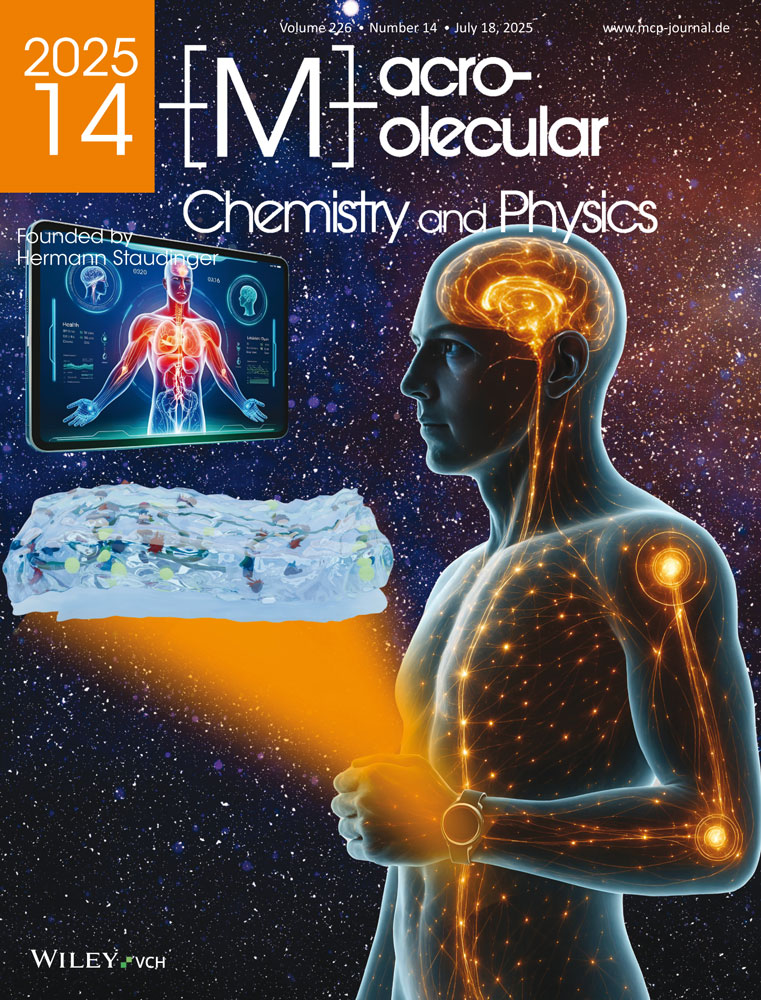Thermosetting Blends of Polybenzoxazine and Poly(ε-caprolactone): Phase Behavior and Intermolecular Specific Interactions
Abstract
Summary: Polybenzoxazine (PBA-a)/poly(ε-caprolactone) (PCL) blends were prepared by an in situ curing reaction of benzoxazine (BA-a) in the presence of PCL. Before curing, the benzoxazine (BA-a)/PCL blends are miscible, which was evidenced by the behaviors of single and composition-dependant glass transition temperature and equilibrium melting point depression. However, the phase separation induced by polymerization was observed after curing at elevated temperature. It was expected that after curing, the PBA-a/PCL blends would be miscible since the phenolic hydroxyls in the PBA-a molecular backbone have the potential to form intermolecular hydrogen-bonding interactions with the carbonyls of PCL and thus would fulfil the miscibility of the blends. The resulting morphology of the blends prompted an investigation of the status of association between PBA-a and PCL under the curing conditions. Although Fourier-transform infrared spectroscopy (FT-IR) showed that there were intermolecular hydrogen-bonding interactions between PBA-a and PCL at room temperature, especially for the PCL-rich blends, the results of variable temperature FT-IR spectroscopy by the model compound indicate that the phenolic hydroxyl groups could not form efficient intermolecular hydrogen-bonding interactions at elevated temperatures, i.e., the phenolic hydroxyl groups existed mainly in the non-associated form in the system during curing. The results are valuable to understand the effect of curing temperature on the resulting morphology of the thermosetting blends.





